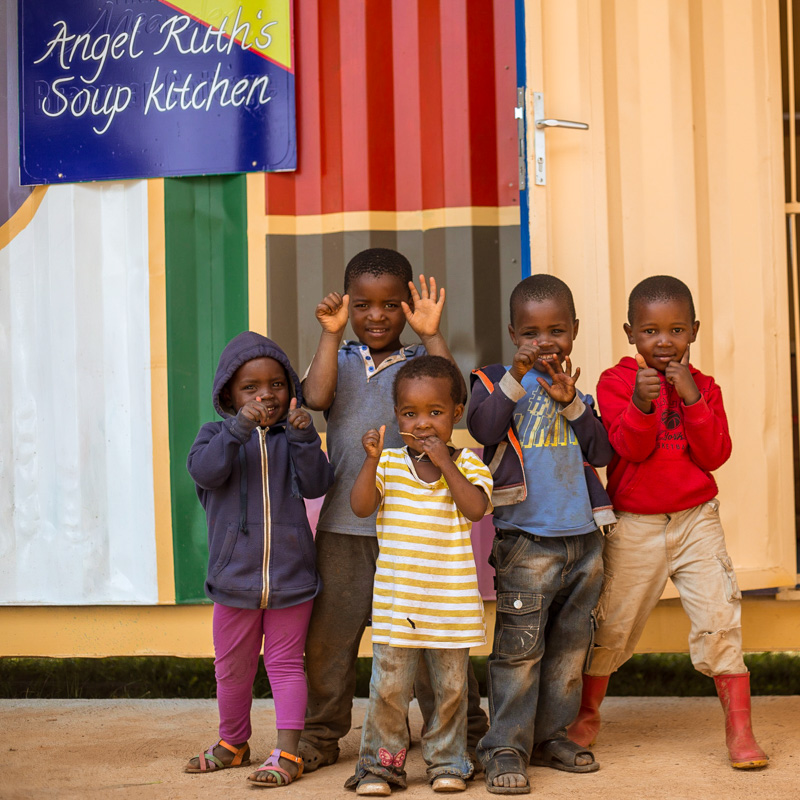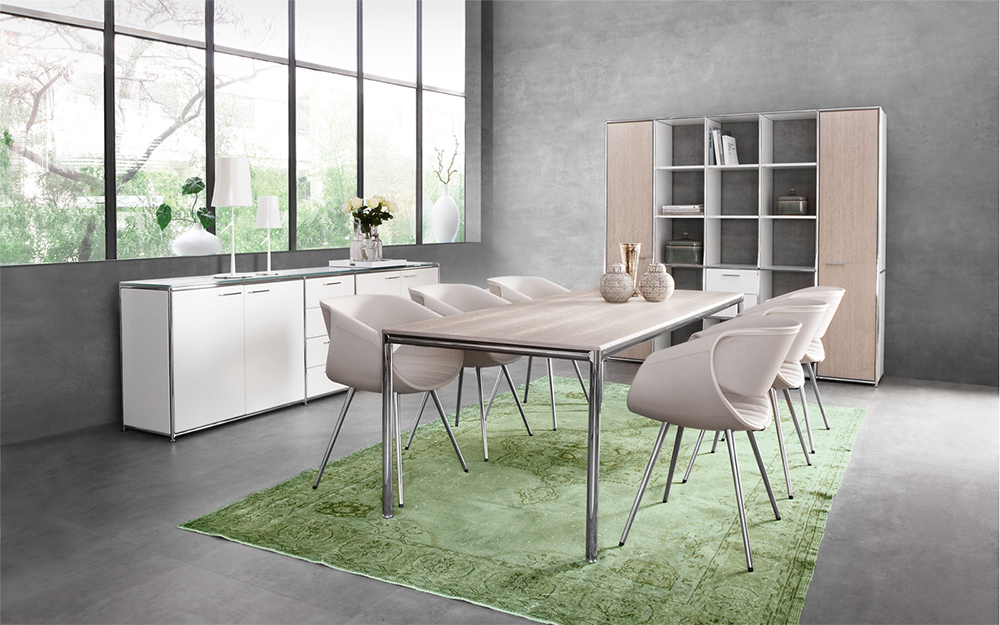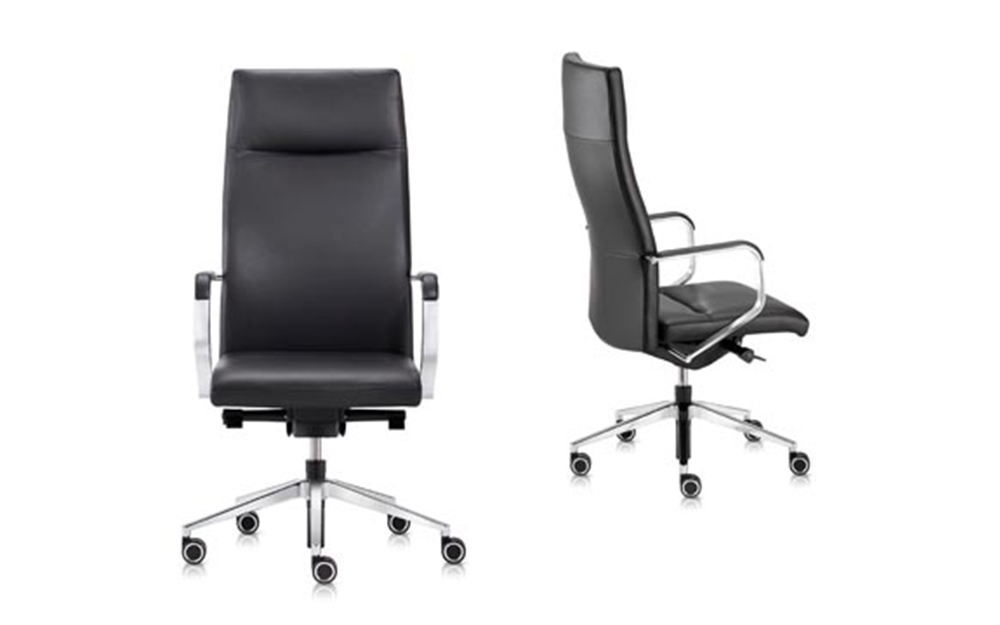Gardening for Brain-Body Balance
“Ultimately, happiness comes down to choosing between the discomfort of becoming aware of your mental afflictions and the discomfort of being ruled by them.” Yongey Mingyur Rinpoche
As described by Rick Hanson and Richard Mendius in their book Buddha’s Brain: Suffering is not abstract or conceptual. It’s embodied: you feel it in your body, and it proceeds through bodily mechanisms. Understanding the physical machinery of suffering helps us see it increasingly as an impersonal condition - unpleasant to be sure, but not worth getting upset about, which just brings more suffering and reinforcement of old negative patterns of behavior.
Our Autonomic Nervous System (ANS) is made up of 2 systems: Our Sympathetic Nervous System (SNS) is responsible for our responses and reactions to stressful situations - a response that is integral: physically, mentally and emotionally. Psychological pain draws on many of the same neural networks as physical pain (Eisenberger & Lieberman 2004); this is why getting rejected can feel as bad as a root canal treatment!
Frequent activation of the SNS wears down the Hippocampus, which is vital for forming explicit memories - clear records of what actually happened. Cortisol and related glucocorticoid hormones both weaken existing synaptic connections in the hippocampus and inhibit the formation of new memories - we get stuck in our old negative patterns. The hippocampus is one of the few regions in the human brain that can actually grow new neurons, when not inhibited.
The good news is, our Parasympathetic Nervous System PNS calms down the SNS activation. This is our rest-and-digest system, which rebalances the brain-body state. The PNS conserves energy in your body and is responsible for ongoing, steady-state activity. It produces a feeling of relaxation, often with a sense of contentment., hence it’s name “rest-and-digest” system, in contrast to the “fight-or-flight” SNS. These two wings of the ANS are connected like a seesaw: when one goes up, the other one goes down.
How can we consciously influence this change for balance? Firstly, being with what arises, and knowing that suffering has clear causes in your brain and body, so if you change its causes, you’ll suffer a lot less. And you can change those causes. If you feel you can’t change them, start to manage your circumstances in the best possible way with efficient Yoga and mindfulness tools.
Secondly, working with the tendencies of the mind to transform - many small regular moments of awareness will gradually and truly increase your contentment, kindness, and insight. The brain can change through new learning, this is called neuroplasticity.
This is where the “gardening” comes in....
It is just like weeding the garden, the negative thoughts and feelings being the weeds and the positive ones the flowers. Gradually replace negative implicit memories with positive ones. Make the positive aspects of your experience prominent and relatively intense in the foreground of your awareness while simultaneously placing the negative material in the background. Imagine that the positive contents of your awareness are sinking down into old wounds, soothing chafed and bruised places like a warm golden salve, filling up hollows, slowly replacing negative feelings and beliefs with positive ones. Every time you sift positive feelings and views into painful, limiting states of mind, you build a little bit of neural structure. Over time, the accumulating impact of this positive material will literally, synapse by synapse, change your brain.
Focusing on what is wholesome and then taking it in, naturally increases the positive emotions flowing through your mind each day. Emotions have global effects since they organize the brain as a whole. Consequently, positive feelings have far-reaching benefits, including a stronger immune system, and a cardiovascular system that is less reactive to stress. They lift your mood; increase optimism, resilience, and resourcefulness; and help counteract the effects of painful experiences, including trauma. It’s a positive cycle: good feelings today increase the likelihood of good feelings tomorrow. (* for references responsible for the statistics in this paragraph, please read Buddha’s Brain)
These benefits apply to children as well - encourage them to pause for a moment at the end of each day (or at a natural interval during the day), to remember what went well and to think of things that make them happy. Then allow these positive thoughts and feelings to sink in.
Taking in the good is not about putting a happy shiny face on everything, nor is it about turning away from the hard things in life. It’s about nourishing well-being, contentment, and peace inside that are refuges you can always come from and return to.
Integrating this information on and off your yoga mat To reinforce this information bodily, embrace longer holdings on the black strip, as well as yin poses. A perfect accompaniment is my online yoga portal where you can practice while being supported within a specific time frame, to hold you accountable.
Namaste, and thank you Rick Hanson and Richard Mendius for making this information so clear and available to us, intermingled with my own input.
Rick Hanson and Richard Mendius, Buddha’s Brain, the practical neuroscience of happiness, love and wisdom.





